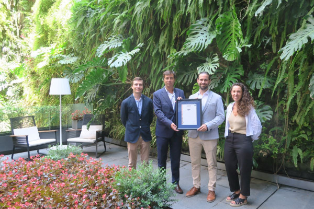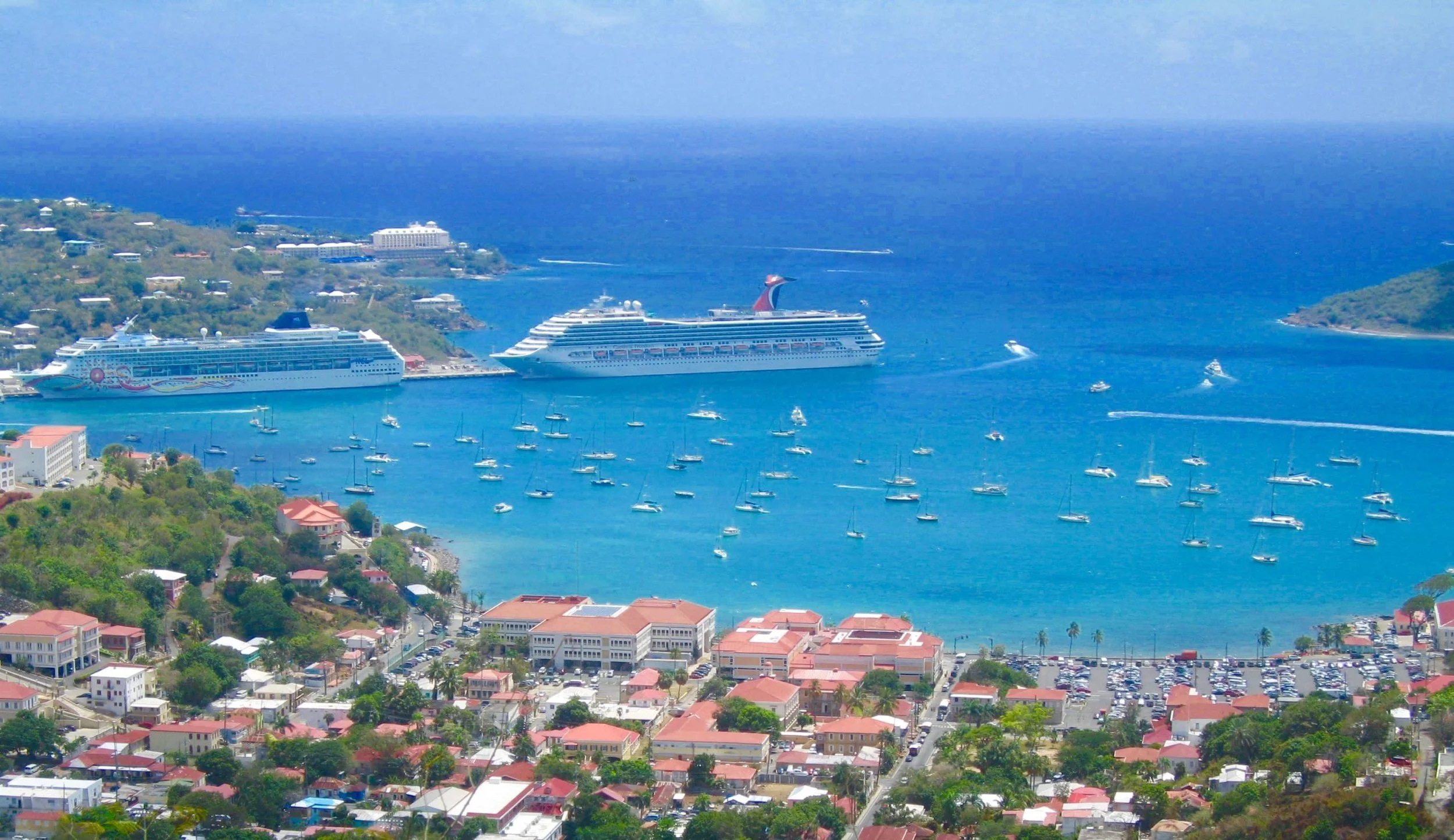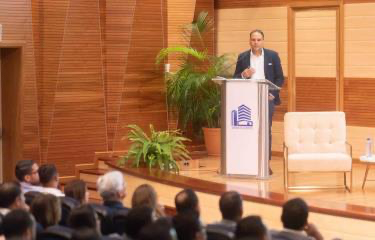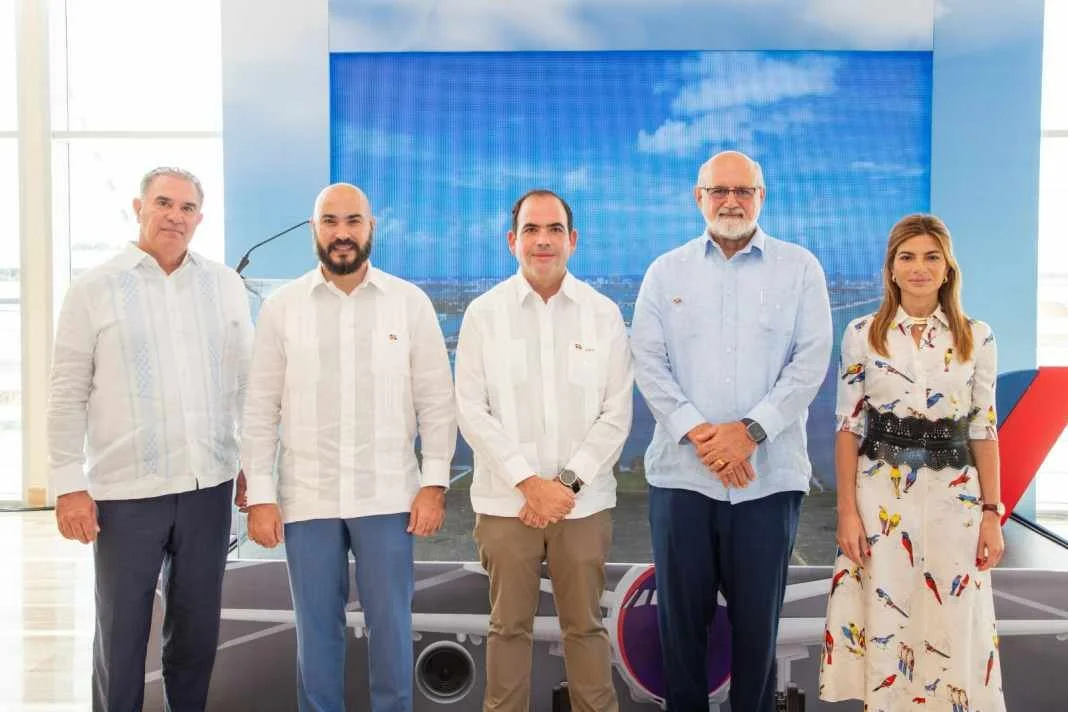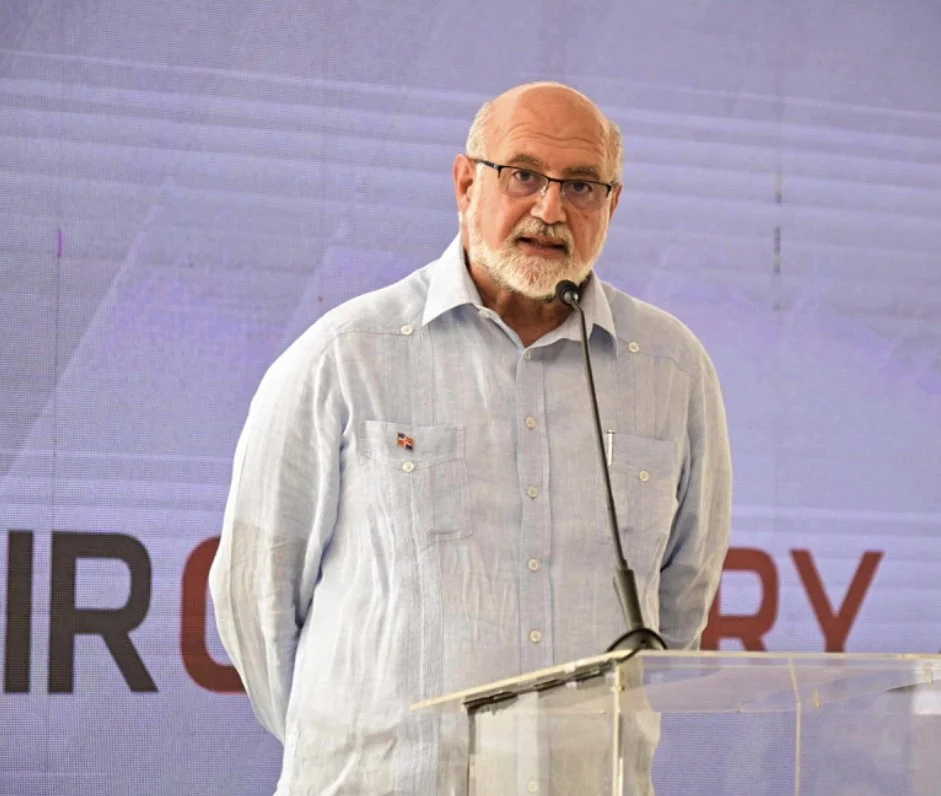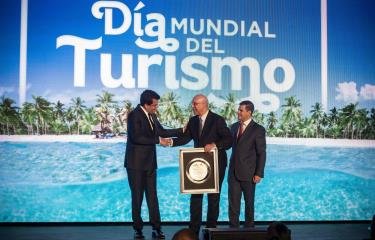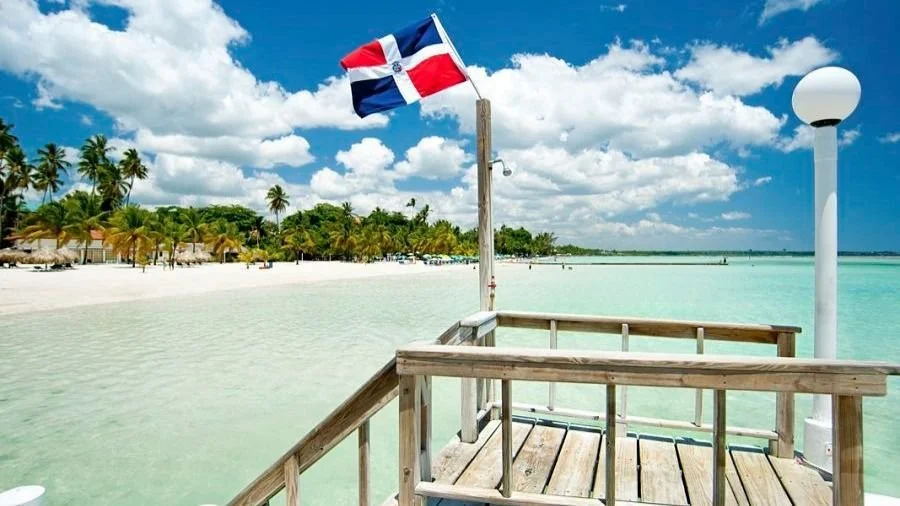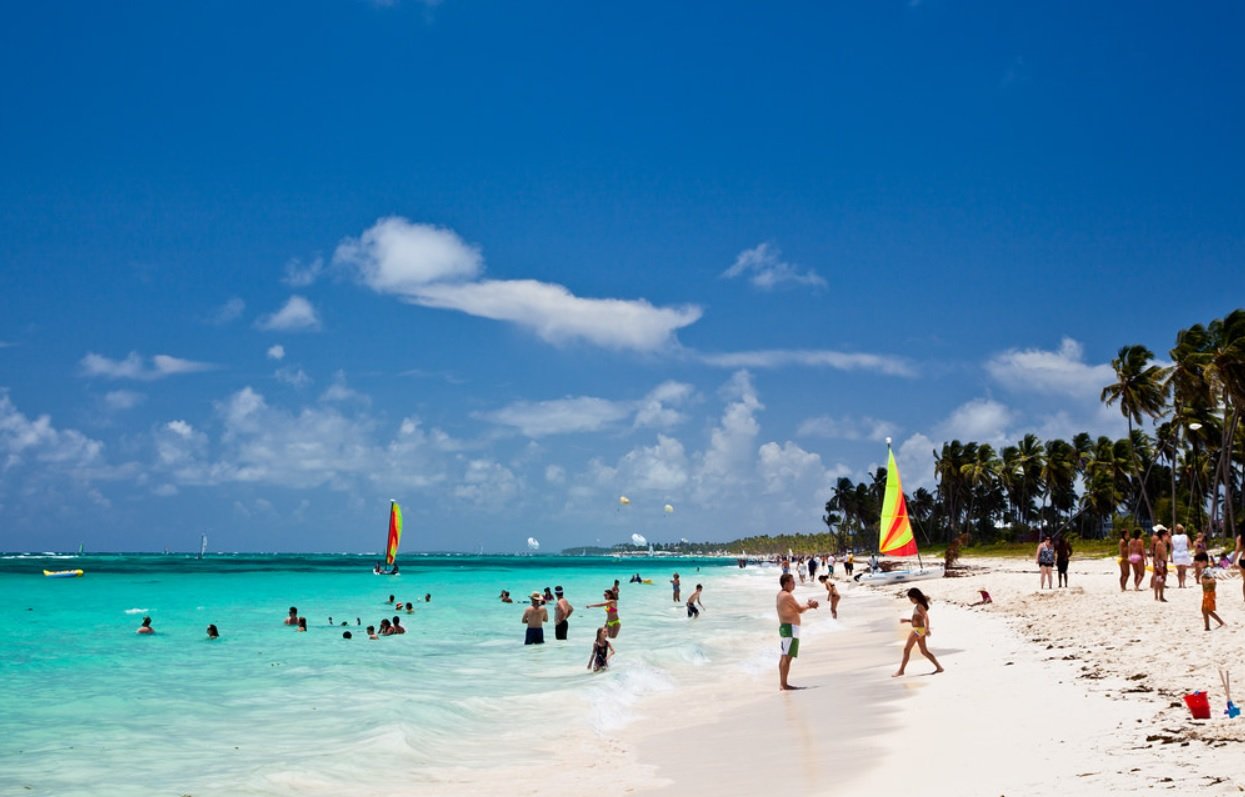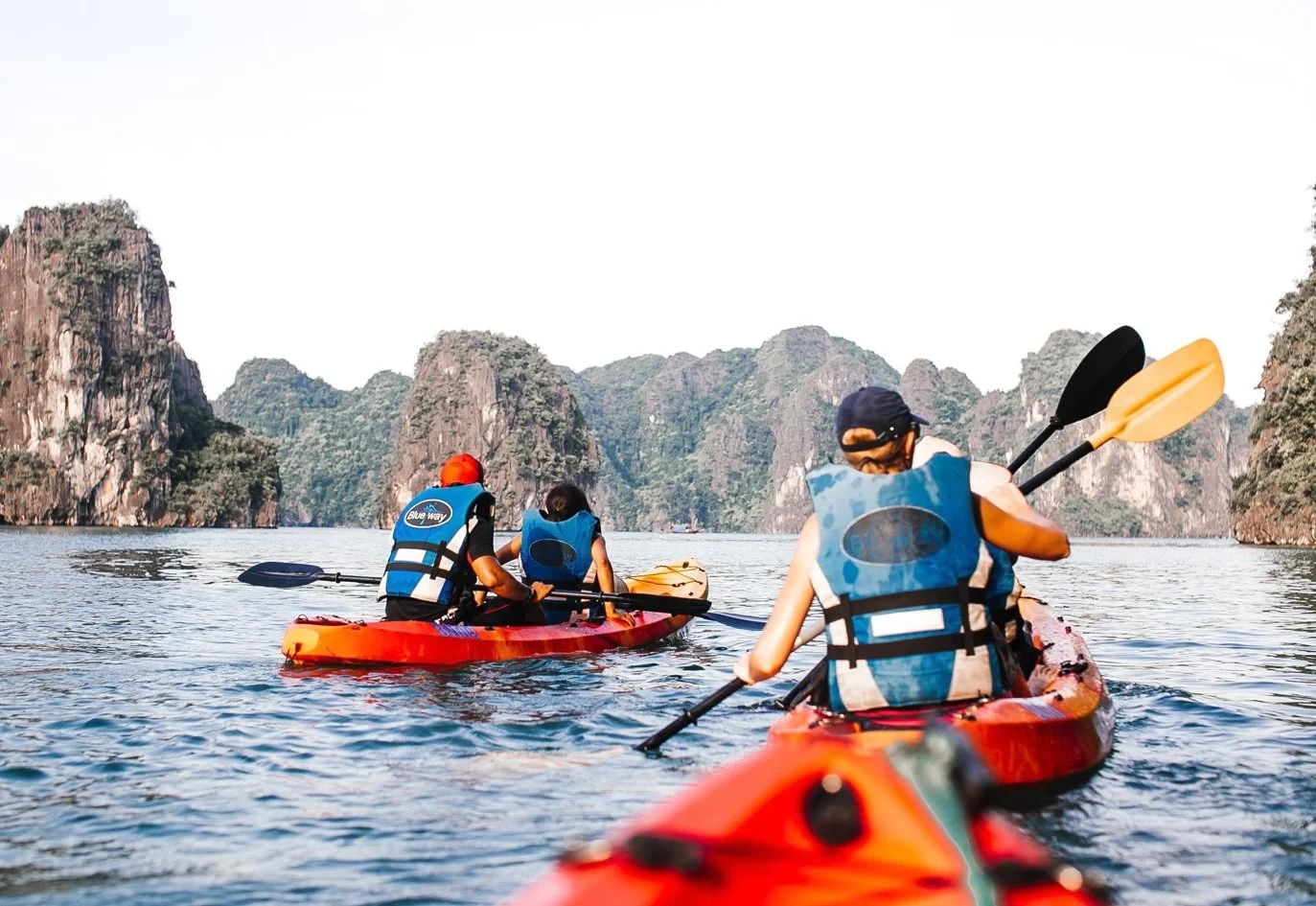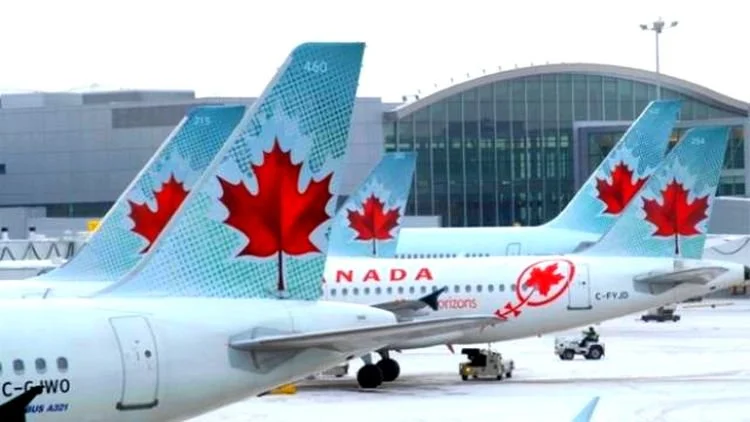Santo Domingo.- The 6th delivery of the International Health and Wellness Tourism Congress, scheduled for November 1 and 2, 2023, at the JW Marriott Hotel in Santo Domingo, will receive significant support from the value chain that drives the combination of tourism and health.
Various institutions from both the public and private sectors will participate in and sponsor this biennial event organized by the Dominican Health Tourism Association (ADTS) and the Communication and Public Relations firm, AF Comunicación Estratégica.
Dr. Alejandro Cambiaso, president of ADTS, when discussing the support received, emphasized that health tourism continues to consolidate in the country. This consolidation encourages them to reinvent themselves continually, advancing and strengthening the relationship between the public and private sectors. Their aim is to encourage investment in new projects beneficial for the country and the sector.
Cambiaso highlighted, “This initiative promotes best practices and international accreditations while enhancing destination security. It establishes a stronger connection with the primary source markets for tourists and patients.”
Amelia Reyes Mora, president of AF Comunicación Estratégica, also mentioned that due to the event’s characteristics as an excellent platform for business development and investment opportunities, it has gained support from prominent business organizations. They seek to fortify this segment, revealing the clear vision of the future and the significant business potential within this field.
In its two recent editions, the congress attracted more than 800 participants and approximately 70 local exhibitors from various countries, including Canada, Costa Rica, the United States, India, Mexico, Puerto Rico, Panama, Spain, Colombia, and Caribbean islands. It also had the support of over 110 sponsors.
The Ministry of Tourism, Banco Popular, Seguros Reservas, Hospital Metropolitano de Santiago, Amadita, Macrotech, Right Construction, Arium, Global Medica, Cap Cana, BHD, Hospital IMG, Instituto Espaillat Cabral, Grupo Rescue, Reference, Meta Íntegra, Casa de Campo, HEMA, Caribbean Health TPA, Grupo Eléctrico Dominicano, Grupo Teran, Mercedes Benz, Seminsa, Farmaconal, Skymed, Central Romana, Clínica Abreu, Médico Express, Unique, Madih, Hospital General de la Plaza de la Salud, JW Marriott, Cedimat, Advanced, New York Prebysterian, Farmacia Carol, Rosa García, Mallén, Hospital Serena del Mar, Hospital for Special Surgery, and Advanced Asset Management are among the supporters of this event.
The organizers expressed their gratitude for the invaluable support provided by the media, which plays a vital role in making the event a success.
The media partners for this event include Listín Diario, Summary of Health, Forbes, Mercado magazines, Medihealth, Contacto, Factor de Éxito, Bohío News, Dominican Today, Summary of Tourism, and JCDecaux.
They also extended their appreciation to the national press for their role in disseminating news about the event.
This international congress, which aims to highlight the country’s competitive advantages as a tourism leader in the region, will once again have the endorsement of the Ministry of Public Health, the American Chamber of Commerce (Amchamdr), the National Association of Hotels and Restaurants (Asonahores), the Dominican Institute for Quality (INDOCAL), and the Pontifical University Pontifical Mother and Teacher (PUCMM).
For more information about the event, registrations, and sponsorships, please visit the web portal: https://congresoadts.com/ or call (809) 567-2663.



